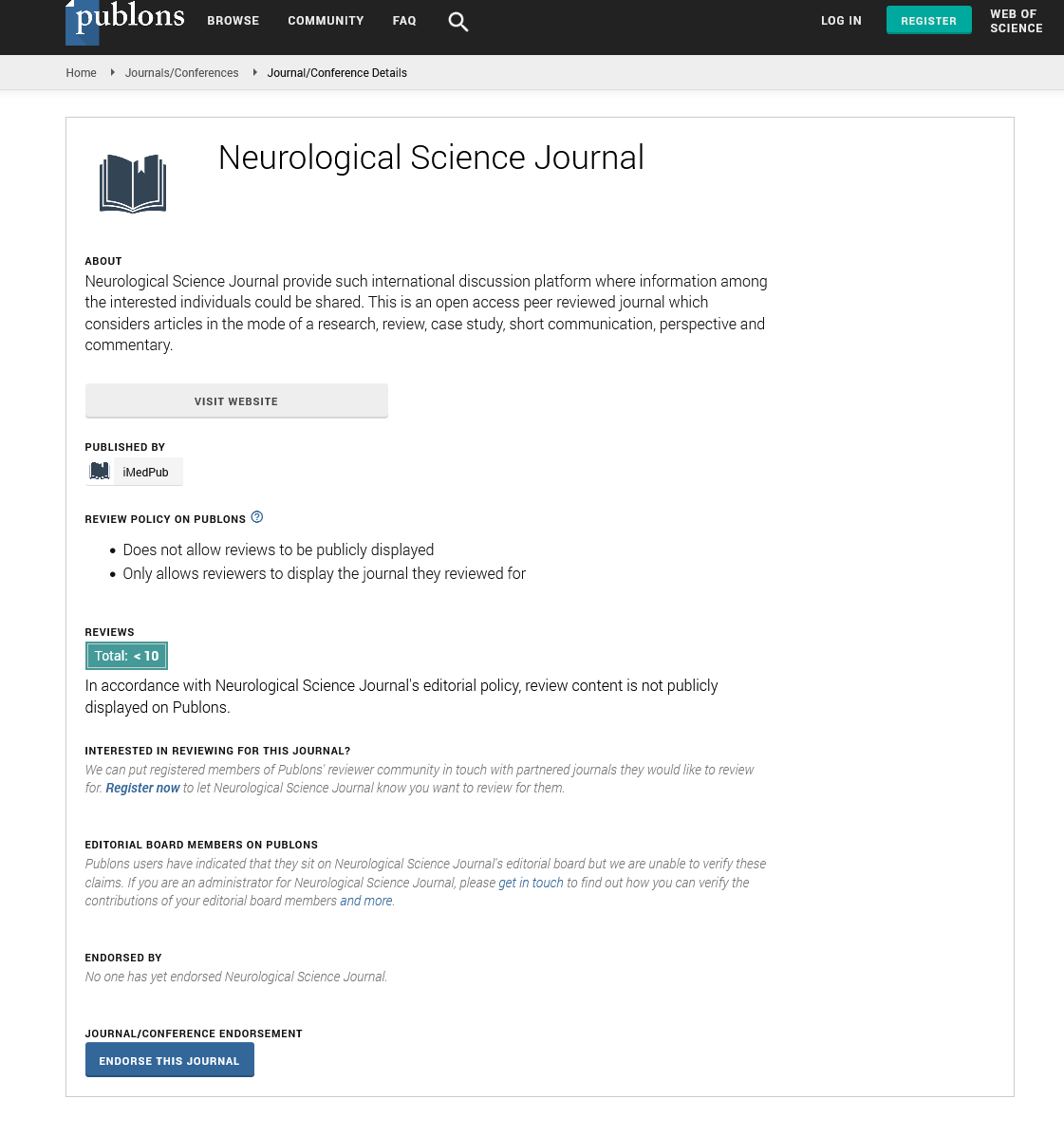Abstract
Deep skills: Neuroenhancement and Synaptic Plasticity: The neuroscience of movement to counteract the effects of Covid 19
Deep skills: positive mind neuroscience of exercise to counter Covid 19 Memory and Learning in the time of Covid 19 We must begin to lose our memory, even if only occasionally, to understand that memory is what fills our lives. Life without memory is not life. Our memory is our consistency, our reason, our feeling, even our action. Without her we are nothing. Memory is a wonderful mechanism, a means of transporting us back in time. We can go back a moment, or a large part of life. Sometimes not perfect, sometimes not authentic, sometimes with nuanced details, memory is however the system that allows us to recall the information we have stored and learned from both the external and internal environment. It is the experience that changes us, the contact with the environment that changes our behavior through a series of structural and functional changes in our nervous system. The last challenge of neuroscience is precisely to better understand the complexity of these mechanisms and how complex phenomena such as learning and memory can occur. Although the changes that occur within the individual brain cells can be relatively simple, considering that the brain is made up of many billions of neurons, the overall phenomenon is certainly very complex and makes the isolation and identification of the specific changes responsible of a certain really difficult memory. Similarly, although the elements of a specific learning task may be simple, its implications for the organism can be very complex (Carlson, 2002). From a neurobiological point of view, learning and memory are adaptations to the environment of the brain circuits that allow us to respond appropriately to situations we have previously experienced. Hence, learning (the process by which the nervous system acquires new information and experiences) and memory (the ability to retain, retain and recall this information) represent the main mechanisms through which environmental events shape behavior. The experiences are not simply "accumulated" in the brain, but are capable of causing plastic modifications in our nervous system and of altering the circuits involved in our most sophisticated functions; in this way they change the way we act, think, perceive, plan. Although learning and memory are two closely related functions, they have temporal sequences and nervous mechanisms that do not always coincide. From a neurophysiological point of view, in fact, the learning process is essentially functional, ie entrusted to reverberant circuits and unstable morphological modifications, while the memory process is structural and presupposes stable morphological modifications. These changes are accompanied by an increase in protein synthesis and consist of an increase in the number and volume of the dendritic spines (Gasbarri and Tomaz, 2005). The importance of understanding the mechanisms that underlie the memory process, and the hope of being able to intervene when they are damaged, is therefore easily understood: they depend on the quality of life and the survival of the individual. This type of considerations helps to make the field of research on the mechanisms underlying memory particularly active. Many of these studies are carried out on animal models, but one wonders how much these studies are predictive of human reality both in terms of memory neurobiology (think, for example, of the different and more extensive development of the cortex in humans), and regarding the effect of drugs of potential therapeutic use in memory disorders. Some types of memory, however, have common characteristics in animals and humans, and animal models make it easier to study simple forms of learning and memory - such as the conditioned blink reflex - which are completely human similar to those studied in small mammals. Furthermore, the preliminary study on the animal very often allows to safeguard thousands of human lives and to avoid, for example, the experimentation of drugs on the ex-abducted man. Learning is the process by which experiences modify our nervous system and therefore our behavior. The primary function of the ability to learn is to develop behaviors suitable for a constantly changing environment. Experiences are able to change the way we perceive, act, think and plan. The ability of our nervous system to change in relation to experience is called synaptic plasticity and consists of a structural and functional change in the nervous structures which is reflected in changes in the processes of perception, memory, thought, planning and action.
Author(s): Dario Furnari
Abstract | Full-Text | PDF
Share This Article
Google Scholar citation report
Citations : 11
Neurological Science Journal received 11 citations as per Google Scholar report
Neurological Science Journal peer review process verified at publons
Abstracted/Indexed in
- Google Scholar
- Publons
Open Access Journals
- Aquaculture & Veterinary Science
- Chemistry & Chemical Sciences
- Clinical Sciences
- Engineering
- General Science
- Genetics & Molecular Biology
- Health Care & Nursing
- Immunology & Microbiology
- Materials Science
- Mathematics & Physics
- Medical Sciences
- Neurology & Psychiatry
- Oncology & Cancer Science
- Pharmaceutical Sciences
